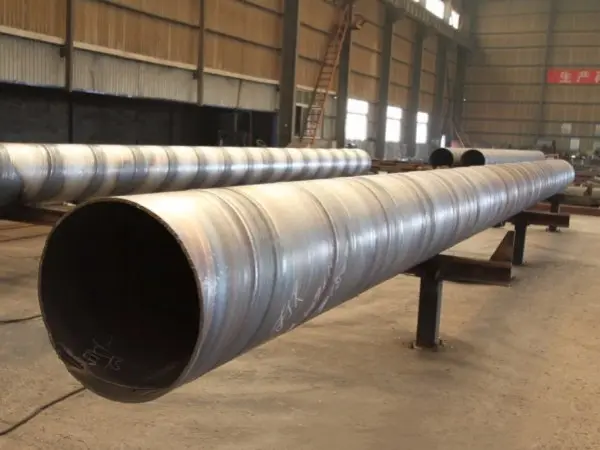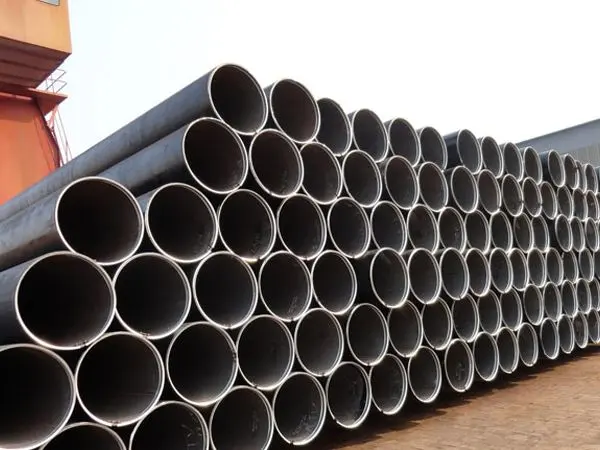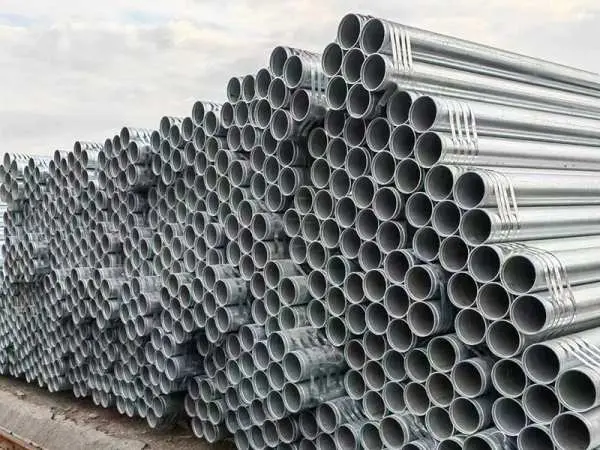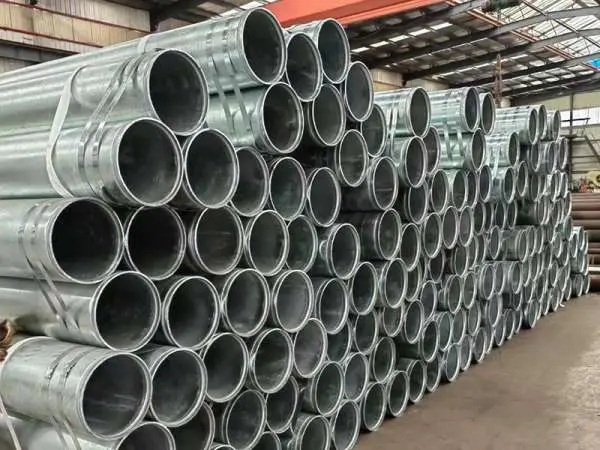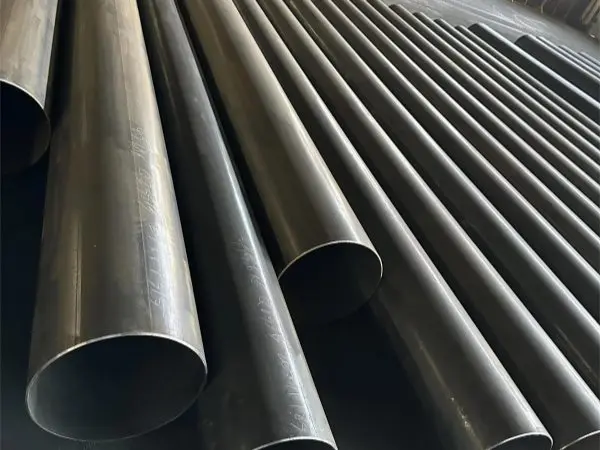- Phone0086 731 8564 8255
- E-mailsales@cscsteel-manufacturing.com
-

ASTM A53 is a widely recognized standard set by the American Society for Testing and Materials (ASTM), covering seamless steel pipes and welded steel pipes. These pipes are suitable for mechanical and pressure applications, as well as for use in steam, water, gas, and air lines.
Pipe Sizes and Schedules:
Sizes: Ranges from NPS 1/8" to NPS 26" (DN 6 to DN 650).
Schedules: Includes S/10, S/20, S/40, STD, S/60, S/80, XH, S/100, S/120, S/140, S/160, and XXH.
Types of ASTM A53 Steel Pipes:
ASTM A53 covers three different types of steel pipes:
Type F – Furnace-butt welded continuous welded pipe (Grade A).
Type E – Electric resistance welded pipe (Grades A and B).
Type S – Seamless pipe (Grades A and B).
Key Differences Between ASTM A53 Grade A and Grade B Steel Pipes
The primary distinction between ASTM A53 Grade A and Grade B steel pipes lies in their mechanical properties, especially their minimum yield strength and tensile strength. These differences make Grade B more suitable for high-pressure applications compared to Grade A.
Yield Strength:
Yield strength is the critical point at which a material begins to deform plastically under stress. Initially, materials undergo elastic deformation, where they can return to their original shape once the stress is removed. However, when the stress exceeds a certain limit, the material enters a plastic deformation phase, meaning it will not revert to its original shape after the external force is removed. The stress level at which this transition occurs is the yield strength.
Grade A: Has a minimum yield strength of 205 MPa (30 ksi).
Grade B: Has a higher minimum yield strength of 240 MPa (35 ksi), making it more suitable for applications requiring greater strength.
Tensile Strength:
Tensile strength refers to the maximum stress a material can endure before it breaks. As stress is applied to steel, its resistance to deformation increases due to internal grain rearrangement. However, after reaching a maximum stress point, the material weakens, causing localized plastic deformation or necking, which eventually leads to fracture.
Grade A: Has lower tensile strength compared to Grade B.
Grade B: Exhibits higher tensile strength, making it ideal for applications that require the material to withstand higher pressures without breaking.
ASTM A53 Grade A vs B seamless steel pipes
|
Feature |
ASTM A53 Grade A |
ASTM A53 Grade B |
|
Material |
Carbon steel |
Carbon steel |
|
Manufacturing Process |
Seamless |
Seamless |
|
Applications |
Pressure piping systems (lower pressure), structural applications (non-critical), mechanical tubing (depending on wall thickness) |
Pressure piping systems (higher pressure), structural applications (non-critical), mechanical tubing (depending on wall thickness) |
|
Tensile Strength |
Minimum 48,000 psi (331 MPa) |
Minimum 60,000 psi (414 MPa) |
|
Yield Strength |
Minimum 30,000 psi (207 MPa) |
Minimum 35,000 psi (241 MPa) |
|
Pressure Withholding Capacity |
Lower |
Higher |
|
Cost |
Less expensive |
More expensive |
|
Additional Considerations |
Suitable for lower pressure applications, more cost-effective |
Suitable for higher pressure applications, offers higher strength and resistance to deformation |
|
Manufacturing Process Differences |
No additional elements or processing steps typically involved |
May involve alloying, heat treatment, or cold working to enhance strength |
|
Advantages |
More cost-effective |
Higher strength, better pressure resistance |
|
Disadvantages |
Lower strength, lower pressure resistance |
More expensive |
ASTM A53 Grades A and B Pipe - Permissible Variations
|
Attribute |
Permissible Variations for ASTM A53 Grade A and B Pipes |
|
Outside Diameter (OD) |
±1/64" (0.40mm) for sizes up to and including NPS 1-1/2" and ±1% of the specified O.D. for NPS 2" and above |
|
Wall Thickness |
Minimum wall thickness variation is typically 12.5% maximum |
|
Lengths |
Varies by manufacturer and specific product standards; refer to individual pipe length specifications |
|
Straightness |
The standard does not provide a specific value in the search results; refer to ASTM A53 for detailed straightness tolerances |
|
Weight per Foot |
Pipe shall not vary more than ± 10% from the standard specified weight |
